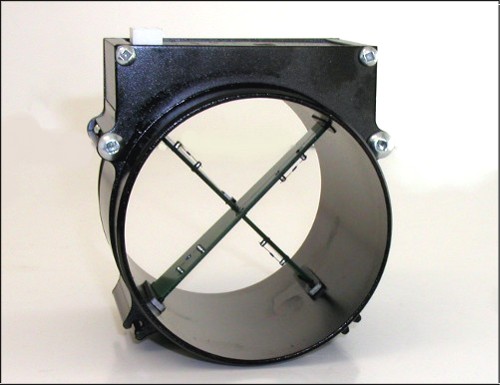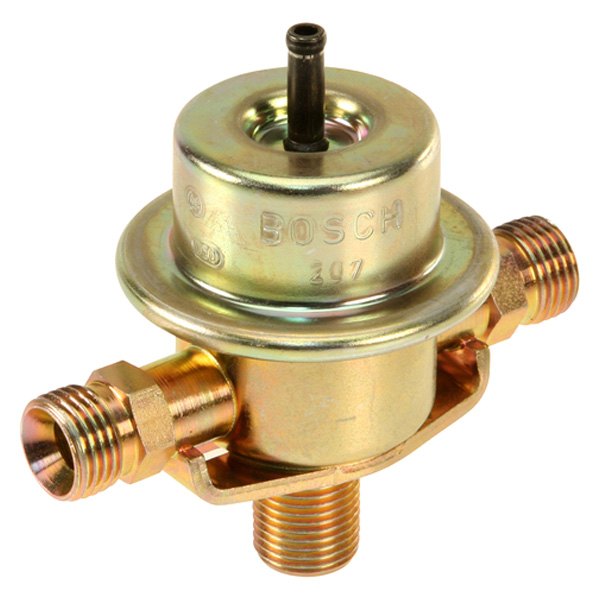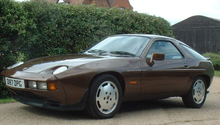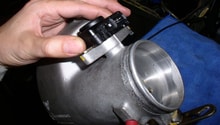Porsche 928: Why Does My Car Start Then Die?
It is pretty safe to say that one of the most frustrating problems you can have with your car is when it starts up and immediately dies. Well, to help you get through these tough times, here are some possibilities that could be causing your issue.
This article applies to the Porsche 928 (1978-1995).
When dealing with older vehicles, there are certain issues that are more frustrating than others. These are the ones that are never obvious from the start, and will have you losing sleep at night. You know that you are probably going to throw a bunch of parts at it, and in the end, it's going to be something so obvious as well as simple that you are just going to laugh. These are the issues that build character in the few people that still decide to fix their own car. This article will touch on a few areas that might be causing your Porsche 928 to start and then immediately die.
Materials Needed
- Compression tester
- Air intake system leak checker
- OBD-I scanner
- Multimeter
Step 1 – Check the sensors
Cars equipped with electronic fuel injection use a network of different sensors in order to run correctly. They perform tasks such as monitor the air coming in as well as the air going out. These sensors don't last forever, and wear out after many years of being installed in some of these older vehicles. It's also possible that they can become dirty or even have loose connectors.
When troubleshooting, it's always easier to start with the simple and cheap first. Check all the connections to make sure they are tight and that the connectors are not broken.

Pro Tip
Getting your hands on an OBD-I scanner can help greatly in troubleshooting sensors and different parts of the fuel injection system.
Step 2 – Check for vacuum leaks
Something very common in older vehicles is vacuum leaks. The rubber hoses they use for vacuum lines only last about 10 years. After that, they start to get very brittle and, in some cases, will disintegrate as well as crack. There are many parts that run through vacuum pressure, and when there is a leak, they will not be functioning correctly.
Go over all the vacuum connections, and make sure that all the vacuum lines are in good condition. If you are unsure of the location of the vacuum lines, you can usually find a diagram in a shop manual or on the internet. It will show you every component that has a vacuum line attached to it, and where it gets its vacuum supply from.

Step 3 – Check for intake leak
Un-metered air, which is any air that is entering the intake tract after the mass air flow sensor, could possibly cause a car to die after starting. Most of the time it causes a rough running condition, but if the leak is big enough, it can cause the engine to die completely and refuse to run.
The best way to check for this is to identify all the areas after the mass air flow sensor (where it would be possible for air to enter). You can either listen for a sucking sound from this area, or you can spray some starting fluid or brake cleaner in this area. If the engine RPM changes after you spray the area, you more than likely have a leak there. You can also possibly make an intake leak tester, and check for leaks that way. But of course that will take a bit more time.

Step 4 – Check fuel system
Another system that could possibly cause this issue is the fuel system. It is possible that the fuel system is supplying enough fuel to the engine for starting, but then fails to keep supplying it with enough to keep running. There are a few components to check to make sure that they are running correctly, and that they are supplying the engine with enough fuel to run.
- Fuel Pump - Check to see if the fuel pump is running, and continues to run after initial start-up. There is also a fuel pump relay that you will want to check to make sure it is operating correctly.
- Fuel Filter - A clogged fuel filter can keep an engine from running. If it has been a long time since you have changed yours or you don't know when the last time it was changed on your car, it's probably a good idea to start there.
- Fuel Pressure Regulator - The regulator is usually a small diaphragm operated by vacuum. The diaphragm can tear or get a pinhole over time, which will cause fuel to leak into the vacuum system and keep the regulator from building up pressure as well as working correctly. If you remove the vacuum line from it and smell fuel, then it's a good sign that you need a new pressure regulator.

Step 5 – Check the compression
This is the one that will cause you the most problems and money. It is possible that your engine is dying after start-up because you have bad engine compression. If there are one or a few cylinders that are not making good compression, it can cause the engine to die. This can be the case when you have a bad head gasket or bad piston rings. An engine needs all of cylinders to run correctly. The best way to check compression is to perform a compression check on all of the cylinders.

Related Discussions
- Starts Then Dies After Intake Refresh - Rennlist.com
- Car Starts but Immediately Stalls - Rennlist.com
- Starts OK Then Dies - Rennlist.com






